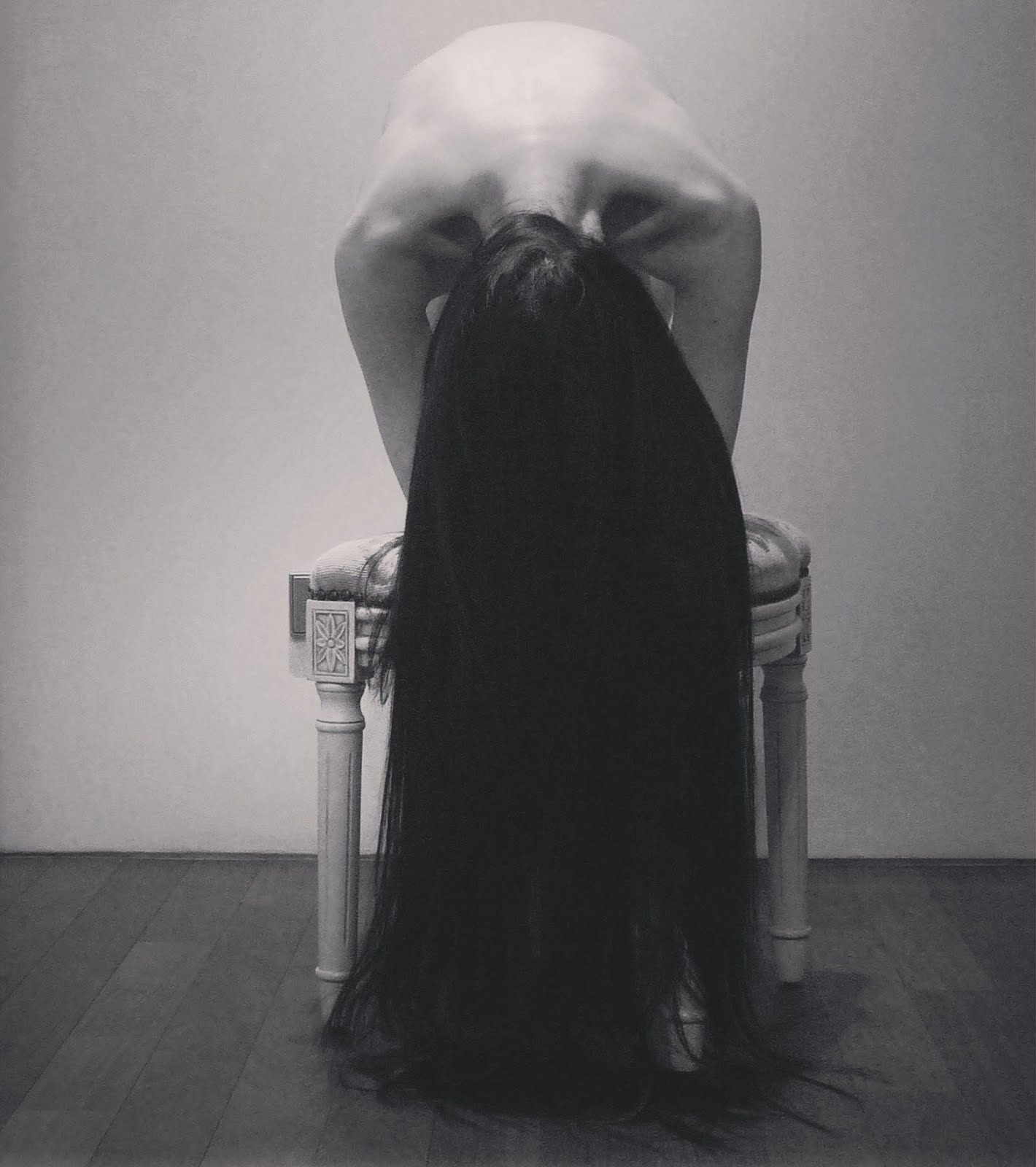In celebration of my infatuation with hands, I have compiled some photographs which I find infinitely beautiful and mesmerising. As a pianist and lover of Chinese opera, hands are to me the most sensual, mysterious and magical part of a human body. They are also the most “narrative.”
 |
| Stephen Deutch: Potter's Hands, Vintage Gravure |
Rudolf Koppitz (1884-1936), Hand Studie, ca. 1920, Bromoil print (image via)
 |
| my hands |
 | ||||
| 吻。
The tree from whose flower
This perfume comes
Is unknowable.
~Matsuo Basho (1644-1694)
“When the spirit flows from the hands, it is called 'labour.' From nothing, the hands start to create wonderful works of art. The hands are the exit of the spirit. The movement of the hands embodies human longings and human beings are formed by the work of the hands. The hands create forms that never existed before, and this art of creation is uniquely human. That is, human hands carve an image of the individual out of vacant space. Humans recognise the level of their own spirit by looking at what they have created with their hands. That is, the hands enable the spirit to emerge as works of art, and it will reflect what is in your heart. As a result, what is in your heart shows in your work, and the hands will reflect what level you are, sometimes joyfully, sometimes sadly.”
~Late Master in Japanese embroidery, Iwao Saito
“Female hands” Anna Penagini, by Emilio Sommariva, 1935
Takamatsu Jiro, Shadow No. 1413 (*image via)
“From within this giant junkyard where all things are corroding and crumbling, what will capture us, pull us up, flush us out, rescue us from our bloated languidity, will never be these things themselves. It can only and always be found in the faint light of the world to come, in possibility, or probability, indeterminacy, lack, and all the others that only ‘are' in absence.” ~Takamatsu Jiro, 1964
|
How To Sleep: With forearm tensed, model shows relaxed way of dropping hand,
by Gjon Mili, New York, 1943
How To Sleep: With forearm tensed model shows tense way of dropping hand,
by Gjon Mili, New York, 1943
Hand Gestures of the Legendary Peking Opera Master Mei Lanfang
(Mr. "Poetic Oneirism")
梅蘭芳手指尖上的傾國傾城 {via}
Hand Gestures of the Legendary Peking Opera Master Mei Lanfang
(Mr. "Poetic Oneirism")
“蘭花指”之擺手式
Hand Gesture "Orchid Fingers" in Chinese Opera
Book Negs, Casals, by Gjon Mili
Hand of Bassist Red Callender During Filming of Jammin' the Blues, by Gjon Mili
Pianist Clara Haskil's Hands {unknown image source}
Josef Hofmann's Hands in Action, by Gjon Mili, 1940
Film Still from "Late Spring" directed by Ozu Yasujiro
Hand of cellist Gregor Piatigorsky whilst playing Schubert
Jam Session: Hand of unident, bass player on the strings during jam session at photographer Gjon Mili's studio, by Gjon Mili, New York, 1943

Deborah Turbeville
The Graceful Hands of Ballerina Tilly Losch, by E. O. Hoppe, 1928 {via}
Close-up of woman's graceful hands (old print), by E. O. Hoppe,
United Kingdom, 1925
Close-up of woman's graceful hands (old print), by E. O. Hoppe,
United Kingdom, 1925
Sinuous and sensitive hands of artist Blair Leighton, by E. O. Hoppe,
United Kingdom, 1920
Close-up of a woman's graceful hands with ring and necklace in foreground (old print), by E. O. Hoppe, United Kingdom, 1925
Tango {unknown image source}
Stroboscopic image of the hands of Russian conductor Efram Kurtz whilst conducting, by Gjon Mili
The Baton, by Gjon Mili
中國戲曲之手勢“蘭花指”
Various Hand Gestures of "Orchid Fingers" in Chinese Opera
Hands of Bresson: a visual essay on the tactile world of Robert Bresson created for the Criterion Collection, by kogonada. Music: Schubert, Piano Sonata No. 20, D. 959 (Au Hasard Balthazar).
Nicolas de Largillière (1656 – 1746), Portrait of a Woman, 1696 (detail)
 |
| Good Luck to My Friend, via coeXist |
Svetlana Zakharova's hands in "La Fille du Pharaon"
The Grand coda from La Fille du Pharaon:
 |
| Kim Yu-Na's hands in "Bond Girl," 2009 |
*Also watch Kim Yu-Na in her stunning long programme Scheherezade (2009 Figure Skating World Championships), a magical firebird on ice.
*All Gjon Mili and E. O. Hoppe images via the LIFE photo archive hosted by Google
**Thank you Photography Influences and Couleurs for introductions to Gjon Mili's How to Sleep photo and E. O. Hoppe's Close-up of woman's graceful hands respectively.





+Hand+Studie,+ca.+1920+Bromoil+print..jpg)










.jpg)
















.jpg)
2.jpg)
,+Portrait+of+a+Woman,+1696+(detail).jpg)












